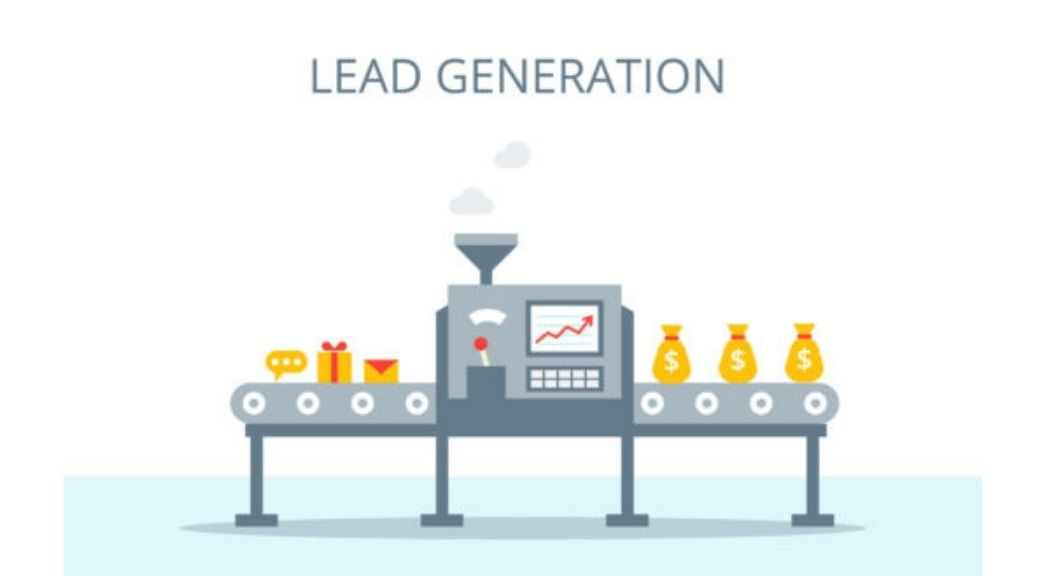Customers are the lifeblood of every business, but without leads, there are no customers. This is why lead generation is very important to your business. This is the million-dollar question that some companies still can’t solve.
If your lead generation process is just a mix of manual sorting and disorganized communications, it’s time to create a systematic process that makes you gain leads rather than lose them. To create a lead generation system for your business, here are seven steps you need to take.
Recommended: Mobile Application to Lead the Business Growth

Contents
1. Understand the Lead Generation System
Before creating a lead generation system, you must fully understand the sales generation process. A typical lead generation process is divided into five steps:
- Lead generation: the process of finding people who can become customers.
- Lead qualification: the process of determining whether a lead is qualified or not. You can screen out or nurture unqualified leads further.
- Lead Scoring – The engagement tracking process so you know who to follow up with.
- Lead Nurturing – The process of developing relationships with qualified leads until they are ready to buy your products.
- Lead conversion: the process of converting a lead to a contact, account, or opportunity
Think of lead generation as a machine and feed it with targeted traffic. Eliminate unqualified leads and nurture qualified ones, giving you a qualified marketing lead that you can then convert to a customer.
However, don’t get too stressed out thinking about all these processes. For now, focus on generating leads and getting to know your audience better.
2. Create a Landing Page and Lead Generation Form Template
A visitor and a potential customer are different and what separates them from each other is a landing page. This is why it is important to create a lead generation form template and optimize it.
When creating a landing page or lead generation form template, focus on the design and the business, as they have a huge impact on your visitors. Minor elements like button color can affect the overall look of your landing page, so be sure to choose an attractive template and use the correct color scheme.
3. Calculate the ‘Four Ws’ for your Customers
Regardless of what strategy and tools you use to generate leads, the most important thing is customer research. To define a specific segment, discover the basic information about your customers or your four:
- Who – Who are your customers? What is your age, job, location, and other demographic information?
- What -What do these customers want (unique design, durability, better price)?
- Why – Why can your products help these customers?
When doing research with the client, be as clear and specific as possible. Each metric can lead you to a more specific campaign, so take advantage of every little detail you can find about your customers.
There is apparently no one-size-fits-all source, and you have to rely on a combination of objective and subjective data, such as surveys, customer interviews, industry research, and Facebook audience research.
By knowing who and what your customers are, where to find them, and why you can help them, you will also better understand their needs and preferences. Once you have that information, you can jump to the next step of building a lead generation system.
4. Choose your Lead Generation Channels
As of today, there are many marketing channels that you can use to generate leads. You don’t need to use all of these available channels, but you can pick a few and be good. For startups, it’s best to test your go-to-market channels to determine if these channels can drive sustainable business growth.
5. Choose the Right Content Format for Each Purchase Process
The problem is that not all content formats will work for every stage of the buying process. That is why you must choose the right content for each stage of purchase: knowledge, consideration and decision.
You can use broad content if you just want to build brand awareness, but if you want your potential customers to consider your products, you can use more personalized or more specific content. To raise awareness, you can use e-books, white papers, how-to videos, or educational webinars. For the consideration stage, the datasheet, demo videos, and product webinar can help your prospects further evaluate your products. To attract them when making a purchase, you can use inquiries, coupons, live demo or free trial.
6. Create Offers
To attract more of your potential customers, create offers in exchange for data. Not only do you offer them something attractive, but more than that, it should align with their interests. Offer them something that meets their needs or solves their problems. Think of an offer that applies to a specific situation but also applies to most of your prospects.
Simply put, creating a “lead magnet” in your lead generation channels is the key to attracting more leads and converting them into customers.
7. Monitor your Overall Performance
Analysis and reporting are essential in every business. If you are only in the lead generation process, you need to closely monitor how you are performing in every little aspect of the lead management process. You need to know if you are doing well in finding leads and engage them to see if your lead generation channel or strategy is working.
